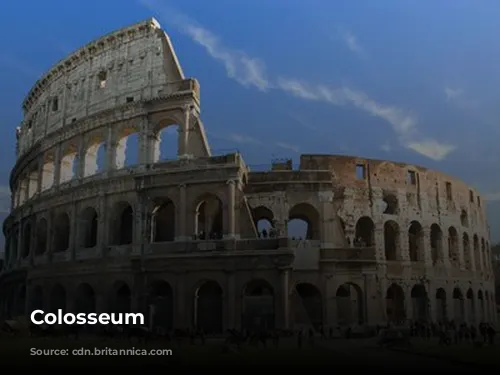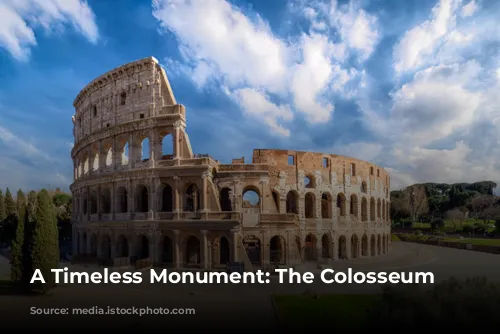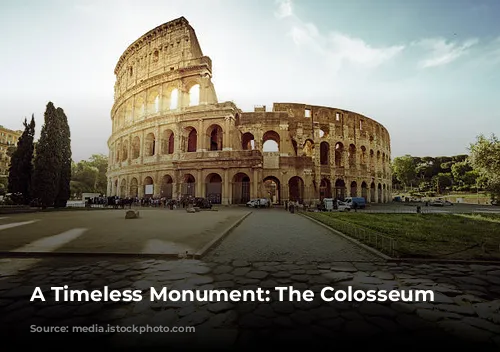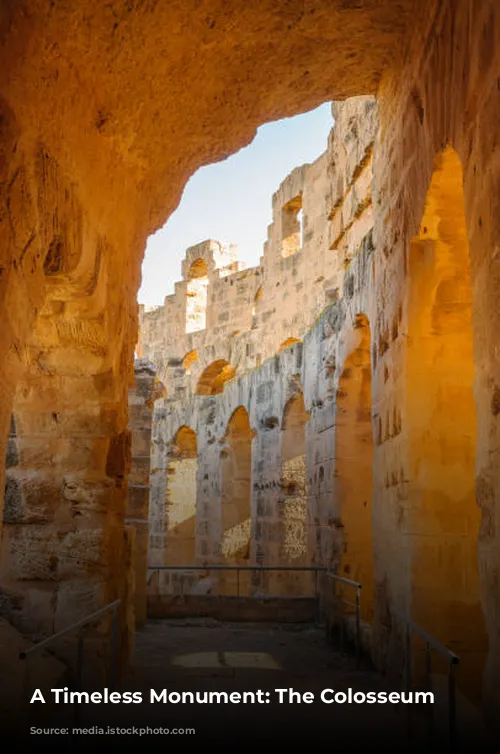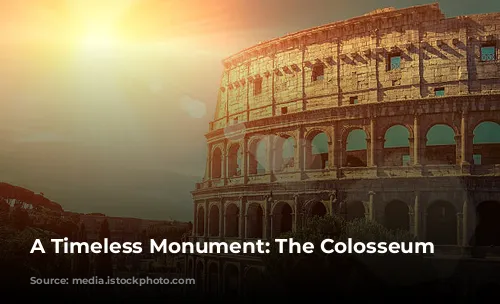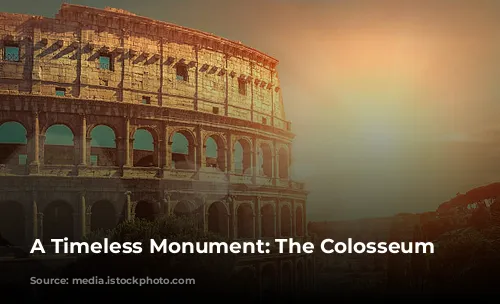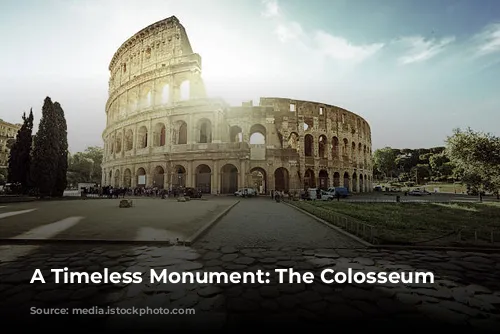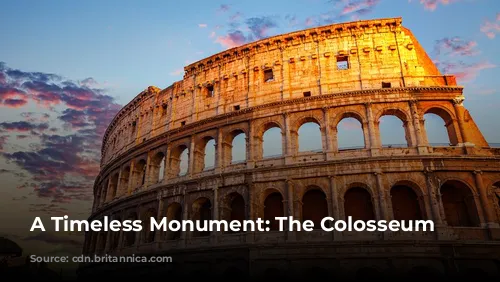The Colosseum, standing tall as one of the few mostly intact structures from the Roman Empire, is a powerful testament to the ingenuity of ancient Roman architects and engineers. Beyond its historical significance, the Colosseum is also a major economic engine for the Italian government, attracting millions of tourists each year. In 2018, the Colosseum, Roman Forum, and Palatine Hill together brought in over $63.3 million (€53.8 million), solidifying their position as the most lucrative tourist destination in Italy.
A History of Rise and Fall
The Colosseum’s journey through time has been marked by both periods of glory and neglect. After the fall of the Western Roman Empire, the Colosseum fell into disrepair, its once magnificent structure crumbling under the weight of time. In the 12th century, the Frangipane and Annibaldi families, prominent Roman families, saw the arena as a fortress – a symbol of their power. However, the Colosseum’s fate took a further downward turn in the late 15th century when Pope Alexander VI granted permission for the arena to be used as a quarry. For over a thousand years, the Colosseum was left to decay, its beauty slowly fading. Finally, in the 1990s, state-funded restoration efforts began, breathing life back into this once-forgotten marvel.
A Symbol of Imperial Power
The Colosseum’s construction was a bold statement of power by the Roman Empire. Built during the turbulent year of the four emperors in 69 CE, the Colosseum was a monumental project intended to reinvigorate Rome and showcase the might of the Flavian dynasty. Emperor Vespasian, a shrewd leader, envisioned the Colosseum as a grand entertainment venue, a place where Romans could gather for gladiatorial combats, thrilling animal hunts, and even mock naval battles. This colossal structure was a symbol of imperial ambition and a testament to the Romans’ desire for spectacle and entertainment.

A Colossal Undertaking
Construction of the Colosseum began under Emperor Vespasian between 70 and 72 CE, and the structure was completed and dedicated in 80 CE by his son and successor, Titus. The Colosseum’s fourth story was added later by Emperor Domitian in 82 CE. It’s important to note that the Colosseum’s funding came from the spoils of war – the wealth acquired from Titus’s conquest of Jerusalem in 70 CE. The construction itself was carried out by enslaved Jews from Judea, a stark reminder of the brutality and exploitation that fueled the Roman Empire.
A Masterpiece of Architecture and Engineering
The Colosseum is an awe-inspiring amphitheatre built of stone, concrete, and tuff. Its elliptical structure, rising to a height of four stories, measures 620 by 513 feet (189 by 156 meters), and could accommodate up to 50,000 spectators. The Colosseum, also known as the Flavian Amphitheatre, is a remarkable feat of engineering and a triumph of Roman architectural ingenuity. Its design, incorporating a complex system of barrel and groin vaults, revolutionized the construction of amphitheatres.
A Place for Spectacle and Entertainment
The Colosseum was a vibrant center of public life in ancient Rome. The amphitheatre, with its elaborate architecture and vast capacity, was the stage for a variety of thrilling events that entertained the masses. From gladiatorial combat – a brutal spectacle that captured the Roman imagination – to animal hunts and mock naval battles, the Colosseum served as a symbol of Roman power and spectacle. Despite the Colosseum’s grandeur, its history is also marked by the darker aspects of Roman society, including the exploitation of slaves and the brutality of gladiatorial combat.

A Legacy of Resilience
Despite its turbulent history, the Colosseum has endured for centuries, standing as a symbol of Rome’s past glory. Though it was once neglected and plundered, it has been meticulously restored and now stands as a testament to the enduring spirit of the Roman Empire. As a must-see destination for travelers from around the world, the Colosseum continues to captivate visitors with its grandeur and offer insights into the fascinating history of ancient Rome. The Colosseum, a place where history comes alive, is a reminder of the power of human ingenuity, the resilience of ancient structures, and the timeless allure of the past.
